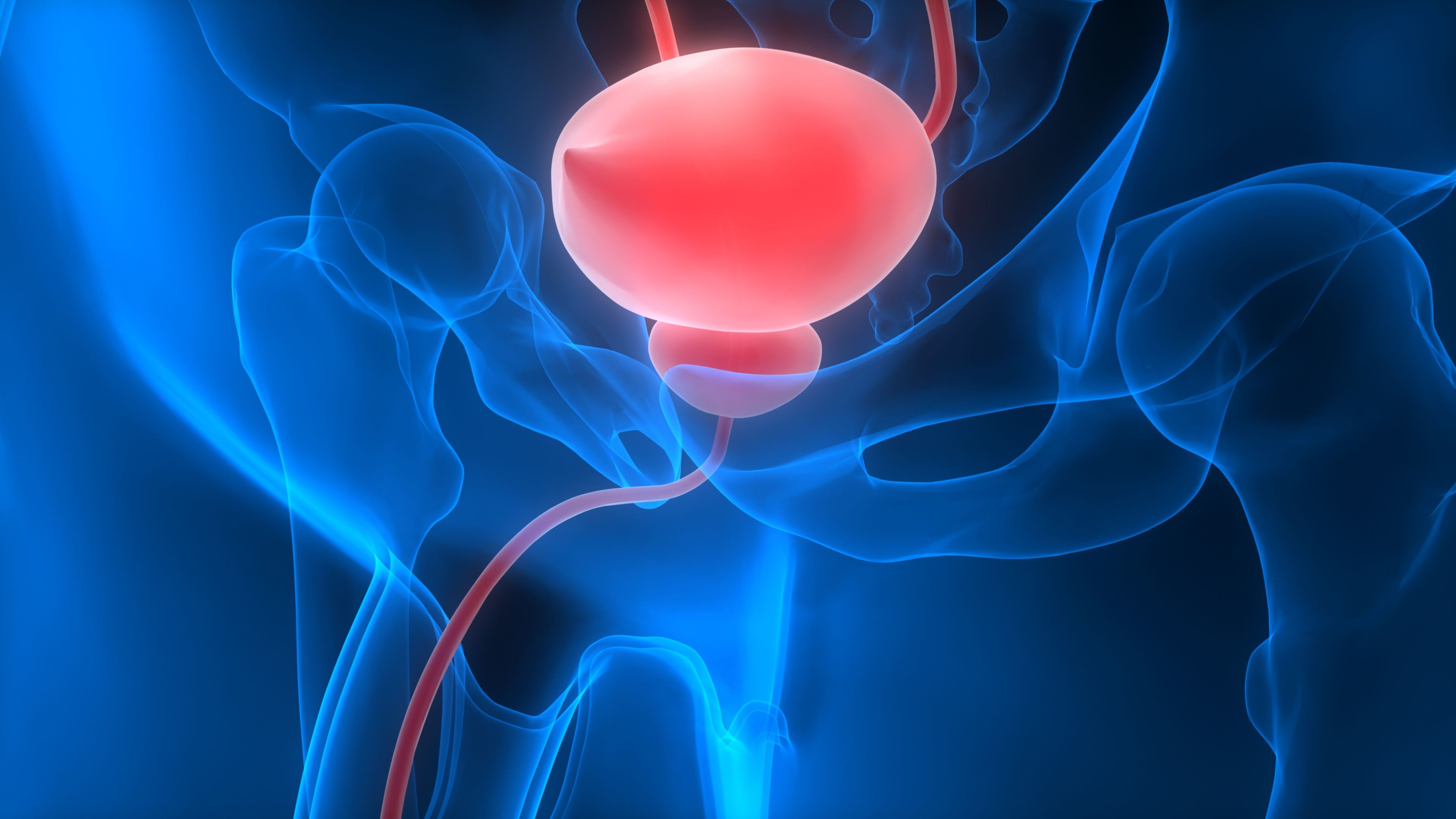Chemo/Nephroureterectomy Increases pCR Likelihood in Urothelial Carcinoma
Patients receiving neoadjuvant chemotherapy plus radical nephroureterectomy for upper tract urothelial carcinoma appear more likely to experience nodal downstaging.
“There is growing non-randomized evidence to suggest that [neoadjuvant chemotherapy] provides greater pathologic downstaging (PDS) and pathologic complete response (pCR) rates following RNU," according to the study authors.

An increase in the probability of pathological complete response (pCR) was observed with neoadjuvant chemotherapy plus adical nephroureterectomy (RNU) in patients with upper tract urothelial carcinoma compared with RNU alone, according to findings presented at the 2023 Society of Urologic Oncology (SUO) Annual Meeting.1
“There is growing non-randomized evidence to suggest that [neoadjuvant chemotherapy] provides greater pathologic downstaging (PDS) and pathologic complete response (pCR) rates following RNU.2 However, many of these series are heterogeneous, with smaller samples, and frequently a single-center experience,” wrote the investigators, led by Nicholas J. Corsi, MD, of the University of Texas Southwestern Medical Center in Dallas.
For the study, the investigators abstracted patients from 13 high-volume centers in the US, Europe, and Asia who were undergoing treatment for upper tract urothelial carcinoma from 2011 to 2022 (the Robotic surgery for Upper Tract Urothelial Cancer Study, ROBUUST 2.0). Patients with histologically confirmed upper tract urothelial carcinoma were included in the study. End points included pCR (defined as ≤pT0N0) and nodal downstaging rates (NDS) (cN > pN).
Inverse probability of treatment weighting regression analyses were used to assess odds of PCR and NDS. Covariates included in the analysis were baseline characteristics (age, race, American Society of Anaesthesiologists score), and clinical staging (tumor site, multifocality, cTNM, presence of hydroureteronephrosis).
Neoadjuvant chemotherapy regimens consisted of gemcitabine/cisplatin (61%), pembrolizumab (Keytruda) (4%), ddMVAC (24%), gemcitabine/carboplatin (4%), gemcitabine/eribulin (2%), gemcitabine/nedaplatin (1%), gemcitabine/carboplatin/nivolumab (Opdivo) (1%), and unknown (3%). A total of 72 patients were treated with neoadjuvant chemotherapy + RNU and 1035 patients were treated with RNU alone. The mean follow-up length was 26 months and 30.9 months for the neoadjuvant chemotherapy + RNU vs RNU alone groups. Median number of cycles of neoadjuvant chemotherapy was 4 (range, 3-4 cycles). The investigators reported no significant difference (P = .65) in the proportion of patients who received adjuvant intravesical chemotherapy (29.2% in the neoadjuvant chemotherapy + RNU group vs 31.5% in the RNU alone group).
The investigators reported that pCR was significantly higher in the neoadjuvant chemotherapy + RNU group vs RNU alone, with an OR of 2.49 (95% CI: 1.75 – 3.54, P < .001). In addition, those in the neoadjuvant chemotherapy + RNU group “were significantly more likely to experience NDS,” according to the investigators, with a reported OR of 9.56 (95% CI: 4.11-22.26, P < .001).
Limitations reported by the authors included selection bias as it was the clinician’s discretion for administering neoadjuvant chemotherapy, as well as clinical confounders that were “likely unaccounted for in this analysis.”
Regarding selection bias, the investigators wrote, “However, we matched for pre-operative clinical T stage,” and regarding confounders, they wrote that there was a “wide sampling of different centers, increasing generalizability.”
“Ultimately, these results should be interpreted within the framework of a retrospective design, and randomized trials evaluating the efficacy of [neoadjuvant chemotherapy] are necessary,” concluded the investigators.
References
- Corsi N, Stephens A, Finati M, et al. Neoadjuvant chemotherapy and radical nephroureterectomy (RNU) vs. RNU alone for upper tract urothelial carcinoma: a multi-institutional cohort analysis (ROBUUST collaborative). Presented at: 2023 Society of Urologic Oncology Annual Meeting. November 28 – December 1, 2023; Washington, DC. Abstract 57
- Leghezzani G, Burger M, Margulis V, et al. Prognostic factors in upper urinary tract urothelial carcinomas: a comprehensive review of the current literature. Eur Urol. 2012;62(1):100-14. doi:10.1016/j.eururo.2012.02.030